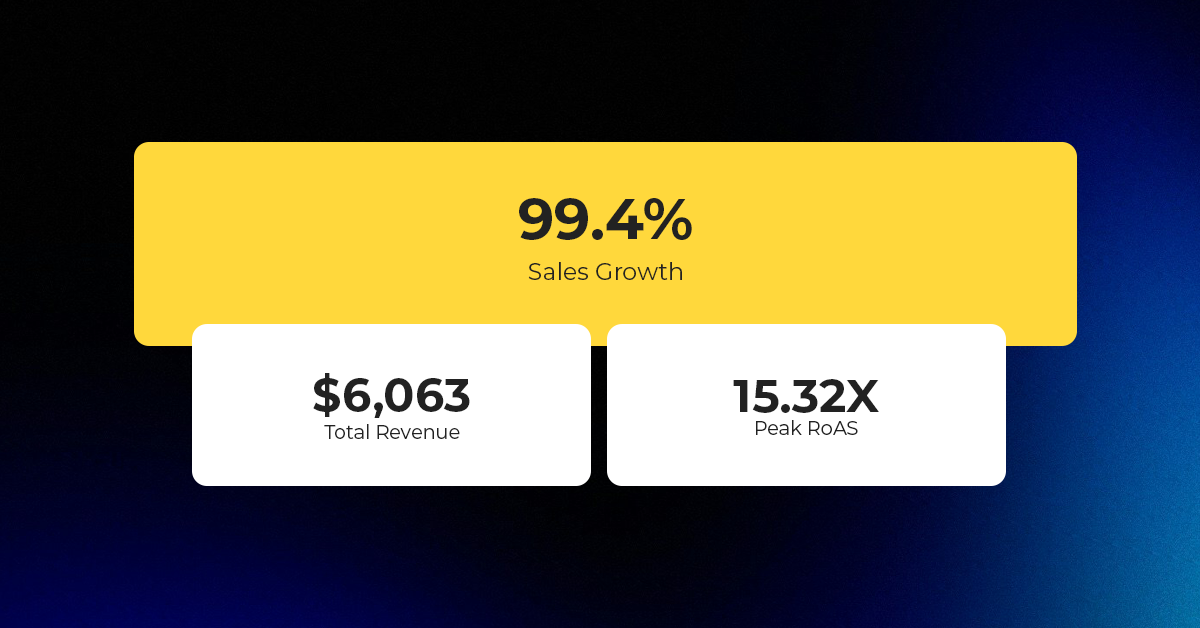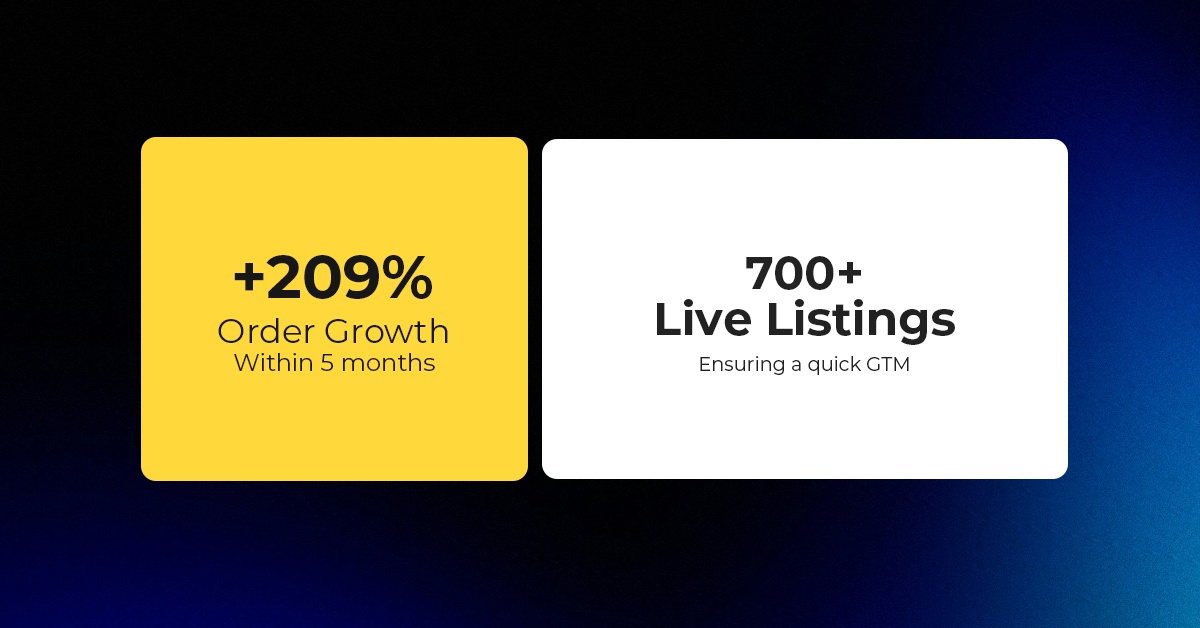Etsy Expands Payments Policy Globally; Instant Transfers Go Live for US Sellers
Reading Time: 3 minutesWhat’s changed Etsy has rolled out major updates to its Etsy Payments…
On 11 March 2020, the WHO (World Health Organization) made an announcement and declared COVID-19 as a global pandemic. The coronavirus outbreak left no section of the society untouched by it, widely covering the retail industry. The pandemic caused a major transformation in consumer behavior. As a result, consumers are now looking at products and brands in a different manner.
The coronavirus outbreak has arisen major concerns amongst the public impacting the consumer section to a great extent.
The way we work, live, value, and shop are all transformed. As we live differently, the consumers are preferring online e-commerce stores to shop due to the fear of going out.
Businesses are encountering major fluctuations in consumer behavior, supply chain issues, and demand issues.
As COVID-19 continues to spread, people across the world are compelled to stay inside. The change in environment caused a change in consumer responses. And it resulted in panic buying, bulk buying, changed consumer behavior, more consumers moving online, and different purchasing habits.
The retail industry continues to face unprecedented and unexpected evolution. Due to the major shift experienced in consumer behavior and their changing product preferences, retailers and brands are facing new challenges. But the main question that remains unanswered is that ‘Will the shift in consumer behavior be permanent or temporary?’
It’s too early to answer the question. But as the pandemic reshapes society, there are high chances that consumers may permanently change their shopping behavior.
According to the COVID-19 Consumer Research conducted by Accenture, the consumers are less worried about their health. In fact, they are more concerned about the impact on the economy due to COVID-19.
Source: Accenture COVID-19 Consumer Research
In order to stand out the COVID-19 crisis, a customized and personalized marketing strategy for each consumer is essential.
The prevailing lockdown continues to force retailers, brands, and offices to work remotely impacting their supply chain, labor force, cash flow, marketing strategy, and consumer demands. But, this is a new reality and we must accept it. So, in order to thrive and not just survive in the global pandemic, it is very essential to acknowledge the coronavirus consumer trends.
Acknowledging the coronavirus consumer trends and creating strategies as per them can help businesses to survive the crisis. But foreseeing the post-pandemic commerce world can help your business to thrive. Thus, to create a proper marketing strategy, it is essential to understand how coronavirus is impacting e-commerce.
In this post, we have collected the data and facts regarding changing consumer behavior and product preferences. It will help you to understand consumer behavior and create strategies accordingly for future relevance. So, your business can make through the crisis and stand out successfully.
Also Check: Businesses That Are Growing Amid COVID-19 Market Crisis
After the declaration of lockdown, most of the people responded to it by stocking up the essentials. Panic buying resulted in both online stores and retail stores going out of supplies and low stock.
Be it category consumptions, channel selection, brand preference, or product preference, consumer behavior has changed across all of them. Grocery is the most purchased category among consumers. As it was a result of people stocking up the essentials due to health considerations.
The data in the below image has been collected from Neilsen. And it is easily visible that the priorities of the consumers shifted to the basic necessities. The sales of cosmetics, appliances, and electronic devices are reduced largely. And the sales of essentials like toilet paper, beans, household supplies witnessed a significant increase.
These insights give the account for the top-selling products amid the coronavirus crisis. And are essential for the manufacturers as they can help in the prediction of demand post-crisis.
Source: McKinsey & Company
The main reason behind grocery products being the top-selling products amid the coronavirus crisis was the fear in people. The fear of getting out of supplies made them stocking up or bulk buying the essentials. The other reason is the necessity of online shopping due to the urgency to stay at home.
After food and grocery, the next top-selling products amid the coronavirus crisis is the medical and healthcare supplies in order to protect themselves.
Source: Nielsen
As the consumers are locked at home, they are coming up with investment in home essentials by purchasing garden supplies.
As people stay at home due to the COVID-19 crisis, they are looking for ways to entertain themselves. Because of this, there is an increased demand in the sector of video games and toys.
The consumers aren’t able to visit the gym due to the outdoor restrictions, so they are making purchases in sports equipment and outdoor sports. That is why the fitness essentials also ranked among the top-selling products amid the coronavirus crisis.
One major and remarkable impact of coronavirus can be seen in the change in mediums of shopping. With significant changes that occurred in consumer behavior, their shopping channels are now focused on a single channel.
As people shifted to e-commerce for purchasing, the online grocery marketplace recorded a huge increase in sales. The sales were raised from 13% to 31% by the end of March. As the data shows, there are high chances that the online grocery marketplace may see a sustained increase in sales even after the crisis.
Because the consumers crossed the trial part of the online grocery store due to the COVID crisis. And now they may become familiar with making grocery purchases on the online mediums. As a result, this will increase the popularity of online grocery stores.
Also Check: How Ecommerce Community Is Responding To COVID-19?
One crucial coronavirus consumer trend is the shift in consumer’s product preferences and brand switching. Due to the change observed in the consumer’s behavior, the unavailability of products, and an increase in demand led customers to try new brands as well.
According to Research made on consumer behavior, the rate of consumers trying new brands ranged between 30% to 40%.
The top reasons behind the changing product and brand preferences of consumers are:
In conclusion, it is very essential for the manufacturers to recreate their marketing strategies based on the insight. With the help of the data and changing preferences of products among consumers, manufacturers can create their plan accordingly.
Watch CedCommerce’s recent webinar “Future & Fortunes Of eCommerce Businesses In Light Of COVID-19”. This webinar gives you an elaborative account of the e-commerce and consumer section in the current scenario amid the COVID-19 crisis. The video also talks about some valuable insights on how COVID-19 is impacting Ecommerce and other sectors of the society.
Let’s have a look at a report, which demonstrates consumer behavior during the early stages of lockdown.
Source: Bazaarvoice
The data shows that with the emergence of COVID-19, most of the customers started stocking up and moved to online shopping.
In comparison to March 2019, a 21% growth was recorded in the number of online orders in March 2020. This implies that when the consumers are housebound they are prioritizing online shopping. Not just this, due to limited product availability, people may buy items from the brands they aren’t even familiar with.
The top five sections in which people purchased included food, beverage, tobacco, gaming, and sports goods. It shows that necessity and entertainment remain the main priority of the consumers.
Again, let’s have a look at the data from April 2020, which shows that the number of people purchasing online has rapidly increased.
Source: Bazaarvoice
With an increase in 54% customer review, this is the time when brands should increase engagement with their customers than ever.
But the major shift in consumer behavior has been seen by the end of April. As the lockdown extends, the shopping preferences of people shifted from necessities to different sections. And the top-selling products amid the coronavirus crisis were mainly shifted towards the food essentials and health sector. Because of this, there is a certain drop in the demand for some products.
Also check: Ecommerce Business- Steps to take during and after COVID19?
According to the survey conducted by Bazaarvoice, the topmost preferences of the consumers while making a purchase was: Quality-48%, Cost-47%, Brand-24%. But a significant shift was experienced in the priorities of customers during the pandemic. The preferences of consumers during the pandemic were mainly shifted to Availability-49%, Cost-36%, Quality-36% of the products. While top-selling products amid the coronavirus crisis remain in the health and grocery sector.
As a result, the top concern of customers during the pandemic shifted to the availability of the product. So, the choice of the brand wasn’t of much importance. The main conclusions from the survey that depicted consumer behavior are: More than half of the people who participated in the survey faced the unavailability of the desired products. Just 30% of the respondents were able to meet the demands. They were able to get the desired products.
All these changes in consumer behavior ultimately lead to an increase in demand. Those shoppers who get familiar with the convenience of shopping online are unlikely to switch back to offline shopping. As a result, there are high chances online shopping can become the new normal for the consumers.
In the COVID-19 customer survey conducted by Sellics, 48% of the respondents approved facing a reduction in the demand.
The consumers are now having both the time and the requirement of making a purchase online. So, they are involved in online shopping to a great extent.
But, as the consumers are compelled to stay inside their houses, a noticeable decrease in the demand for some products is more likely to occur.
Also check: Covid-19 eCommerce: Impact of the pandemic on market and consumers
Currently, when there is no economic certainty, one thing is for sure. That the businesses which seek to provide their consumers with an informative and improved online experience will stand out successfully post-pandemic.
We can certainly not change the current economic situation. But we can rather help you to prepare your online store to meet future demands. Here at Cedcommerce, we provide solutions for online marketplaces that are well developed and full of multiple features.
Amidst the coronavirus outbreak, having an online business can be extremely beneficial than ever. So, without wasting much of your time, start your own multi-vendor marketplace because this is the time when your business blooms.

Reading Time: 3 minutesWhat’s changed Etsy has rolled out major updates to its Etsy Payments…

Reading Time: 2 minutesWhat’s changed Walmart has introduced a new Shipping Score metric within its…

Reading Time: 3 minutesWhat’s changed Amazon has announced an additional $35 billion investment in India…

Reading Time: 4 minutesAbout the Brand: 40ParkLane LLC Studio40ParkLane is a design-led print-on-demand brand created…

Reading Time: 3 minutesAbout the Company Brand Name: David Protein Industry: Health & Nutrition (Protein…

Reading Time: 3 minutesOnline retail spending in Germany is entering a renewed growth phase after…

Reading Time: 4 minutesTikTok Shop has released a comprehensive Beauty and Personal Care Products Policy,…

Reading Time: 4 minutesTikTok Shop has formally outlined comprehensive requirements for expiration date labeling and…

Reading Time: 3 minutesTikTok Shop is raising its sales commission for merchants across five active…

Reading Time: 11 minutesBy now you have seen your BFCM 2025 numbers. The harder question…

Reading Time: 3 minutesAbout the Brand Name: Vanity Slabs Inc Industry: Trading Slabs- Vanity Slabs…

Reading Time: 2 minutesAbout the Brand Name: Ramjet.com Industry: Automotive Parts & Accessories Location: United…

Reading Time: 2 minutesAmazon is rolling out strategic referral fee reductions across five major European…

Reading Time: 4 minutesQuick Summary: Scaling Lifestyle Powersports on eBay with CedCommerce Challenge: Zero marketplace…

Reading Time: 4 minutesTikTok has surpassed 460 million users across Southeast Asia, reinforcing its position…

Reading Time: 3 minuteseBay has released its final seller news update for 2025, with a…

Reading Time: 3 minutesAmazon has clarified its stance regarding speculation around a potential breakup between…

Reading Time: 4 minutesWalmart is accelerating its push into next-generation fulfillment by expanding its drone…

Reading Time: 4 minutesFaire, the fast-growing wholesale marketplace connecting independent retailers with emerging brands, has…

Reading Time: 4 minutesB2B buying in the United States is undergoing a fundamental behavioral shift…